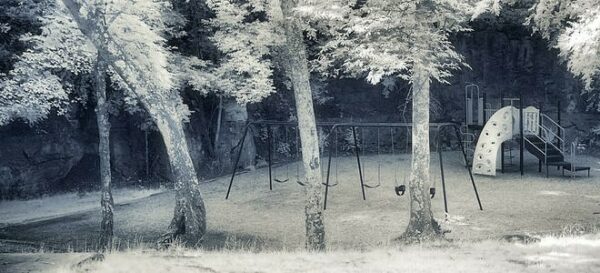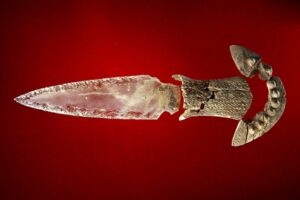Kera loys, atawa Ameranthropoides loysi (teu resmi), éta mahluk aneh sarupa monyét ditembak maot ku géologi Swiss François de Loys taun 1917 di wates antara Venezuela jeung Kolombia. Mahluk ieu nyarupaan hominid, kurang buntut kawas monyét, boga 32 huntu, sarta jangkungna antara 1.60 jeung 1.65 méter.
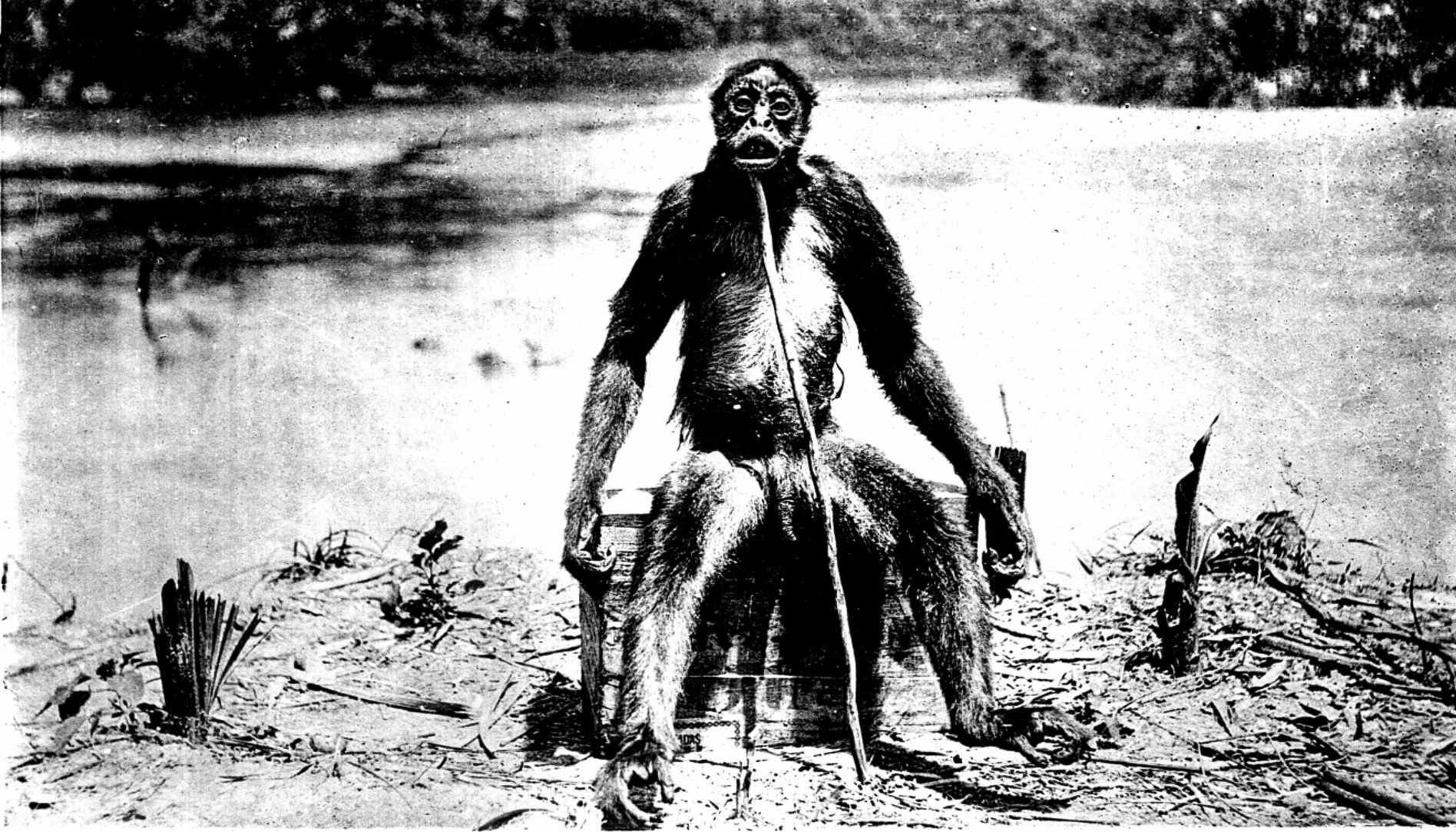
François de Loys mingpin hiji ekspedisi éksplorasi minyak deukeut Walungan Tarra jeung Maracaibo nalika dua mahluk ngadeukeutan grup maranéhanana. Loys némbak mahluk dina usaha pikeun membela diri. Nu jalu kabur ka leuweung, nu bikang tiwas ku mobil. mahluk ieu difoto, sarta de Loys disimpen gambar.
Nalika François de Loys balik ka Swiss, anjeunna teu ngabejaan saha ngeunaan mahluk. Tapi, dina 1929, antropolog Swiss Perancis George Montadon manggihan poto bari néangan informasi dina catetan Loys ngeunaan suku pribumi di Amérika Kidul sarta ngayakinkeun Loys pikeun nyebarkeun eta dina koran Inggris.
Sababaraha makalah ngeunaan mahluk misterius ieu engké diterbitkeun di Perancis, sarta George Montadon ngajukeun ngaran ilmiah na ka Akademi Élmu Perancis.
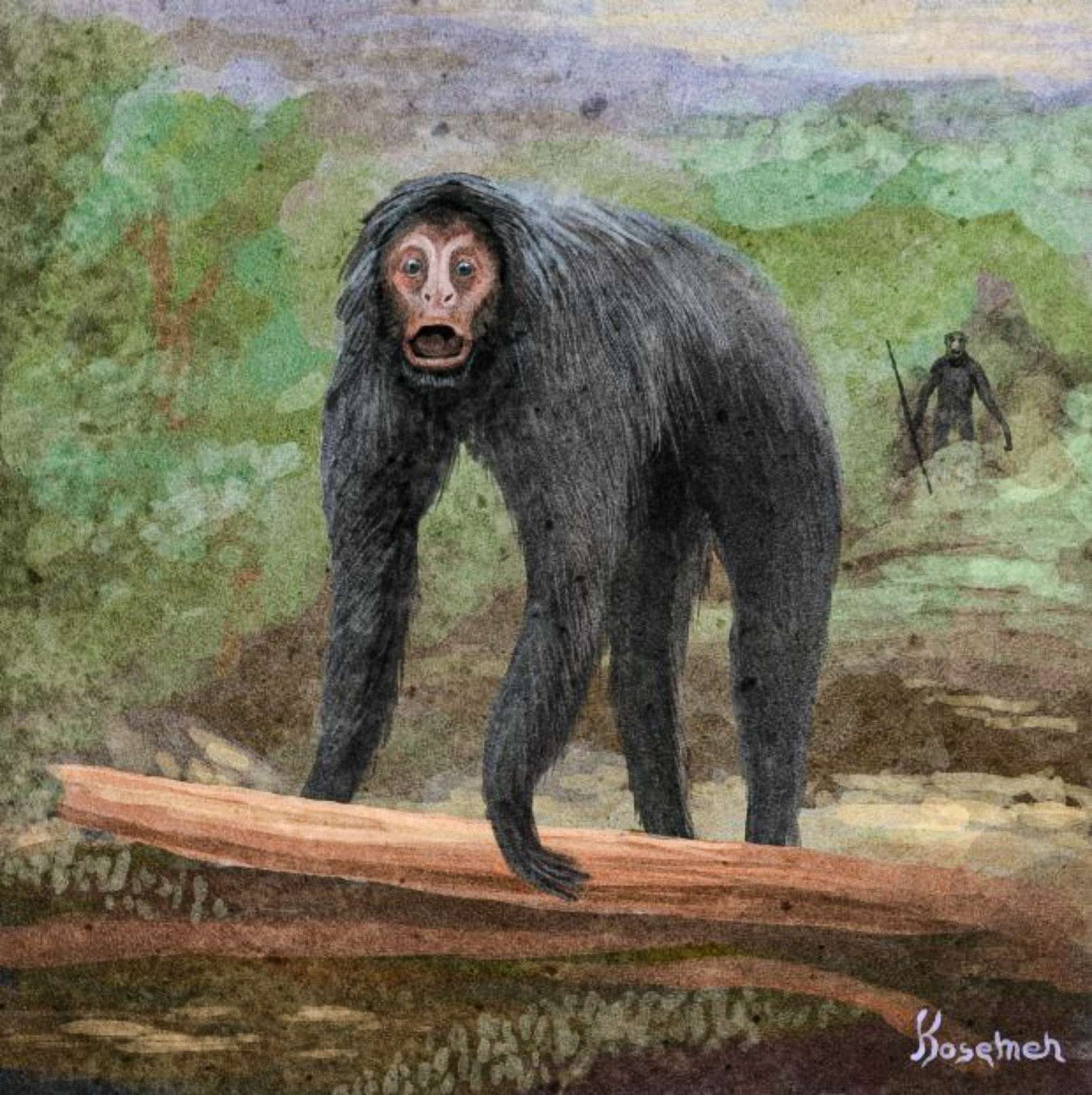
Najan kitu, déskripsi ilmiah Montandon ngeunaan spésiés salaku Ameranthropoides loysi (de Loys 'Amérika kera kawas manusa) ieu patepung jeung kritik kasar. Numutkeun naturalis Inggris Sir Arthur Keith, poto ngan ukur ngagambarkeun spésiés monyét lancah, ateles belzebuth, pituin wewengkon dijajah, kalawan buntut na ngahaja neukteuk atawa disumputkeun dina photograph nu.
Monyét lancah ilahar di Amérika Kidul, jangkungna ampir 110cm (3.5 suku) lamun nangtung. De Loys, di sisi séjén, geus ngukur kera na di 157cm (5 suku) - nyata leuwih badag batan sakabeh spésiés dipikawanoh.
Montandon katarik ku kera. Anjeunna ngajukeun nami Ameranthropoides loysi dina tilu artikel misah pikeun jurnal ilmiah. Sanajan kitu, peneliti mainstream éta skeptis ti unggal sudut dina hal ieu.
Sejarawan Pierre Centlivres jeung Isabelle Girod medalkeun artikel dina 1998 ngaku yén sakabéh carita patepungan aneh éta hoax perpetrated ku antropolog Montandon alatan pintonan rasialis na évolusi manusa.
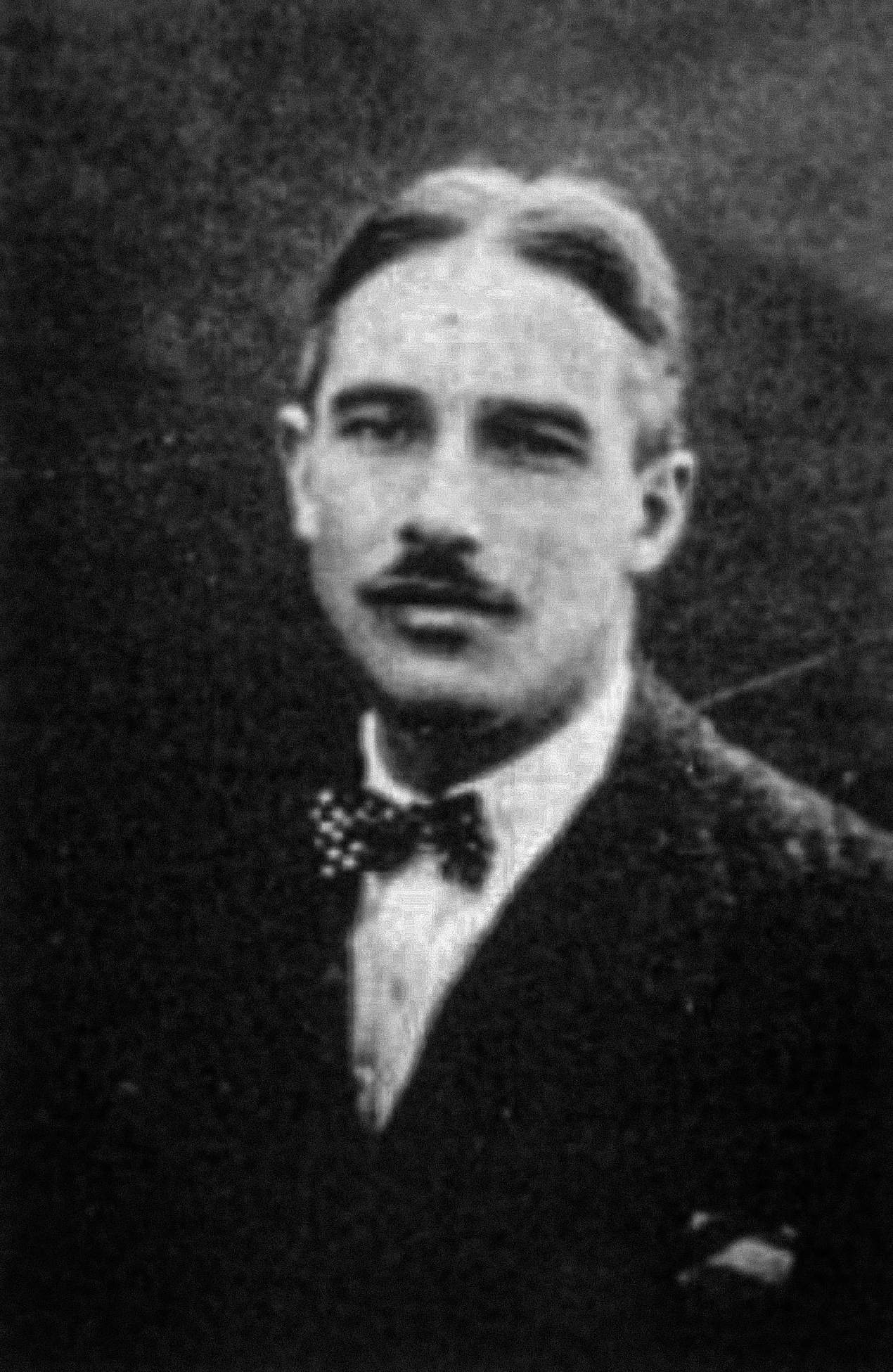
Saha éta lalaki de Loys ieu, sareng naon buktina yén éta kera sanés ngan ukur monyét lancah? Naha anjeunna yakin yén poto éta dicandak di Amérika Kidul?
Éta mangrupikeun salah sahiji misteri. Kumisan ti patarosan naon jenis kera primata de Loys ', lamun éta kera, éta kera Amérika Kidul? Henteu aya kera asli di Amérika, ngan ukur monyét. Afrika mangrupikeun tempat simpanse, gorila, sareng bonobo, sedengkeun Asia mangrupikeun tempat pikeun orangutan, owa, sareng siamang. Upami de Loys memang mendakan kera anu teu dipikanyaho di Amérika Kidul, éta bakal ngarobih pamahaman urang ngeunaan évolusi kera.

